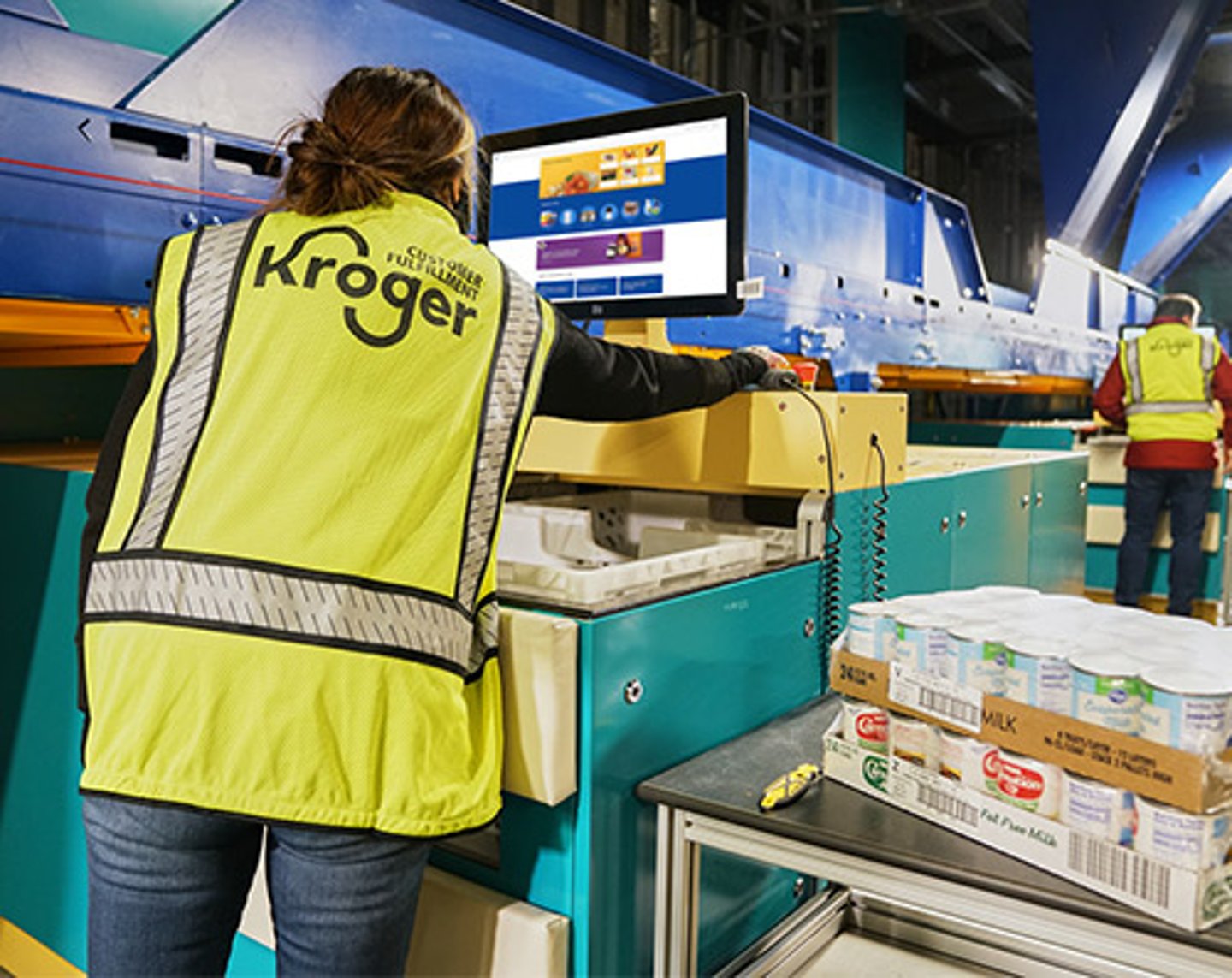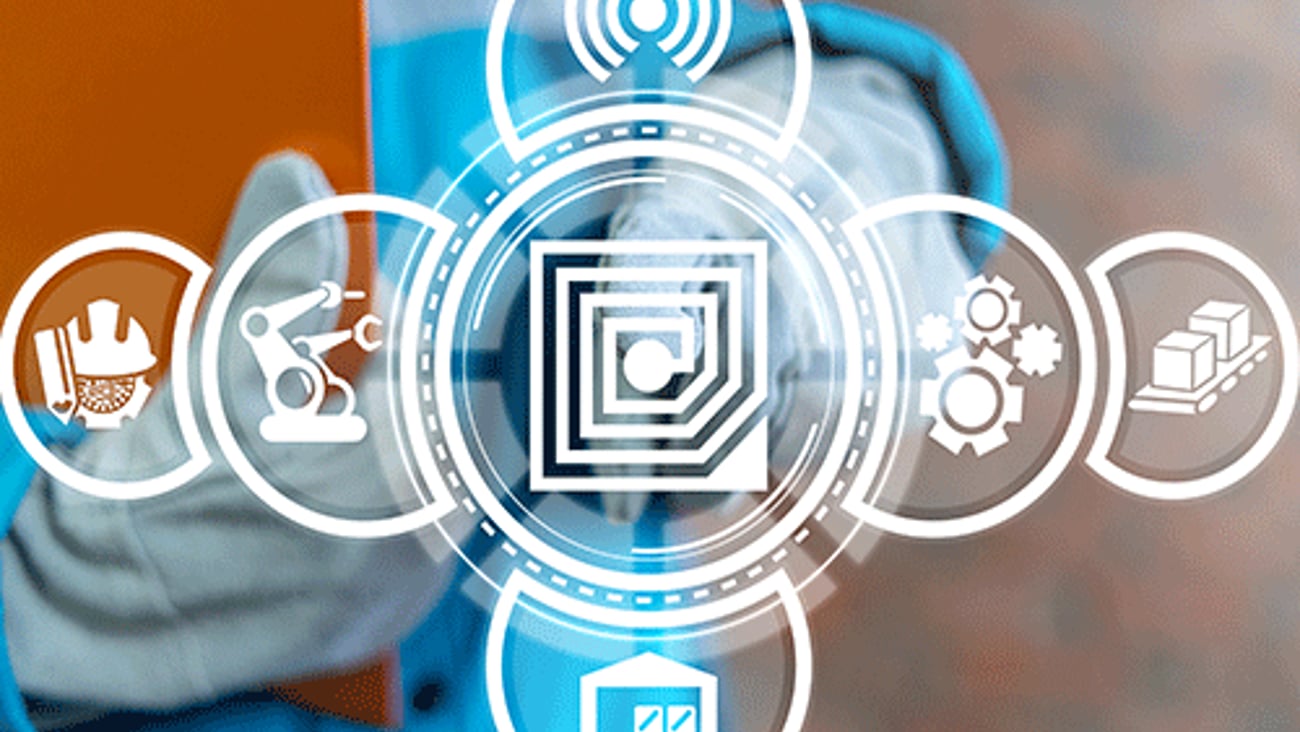Kroger-Albertsons Merger: The tech perspective
The proposed blockbuster Kroger-Albertsons deal would create a major grocery technology player.
If approved by regulatory officials (the deal is running into significant opposition from select lawmakers), the merger will create a roughly 5,000-unit grocery behemoth with stores in 48 states and the District of Columbia, and combined sales of over $200 billion. From a business perspective, this will alter the U.S. grocery landscape.
However, combining Kroger and Albertsons will also have a significant impact from a technology perspective. Here are a few key ways the acquisition will shake up grocery tech:
Omnichannel commerce and fulfillment
Kroger seeks to enable consumers to transition from one omnichannel option to another as seamlessly as possible. The retailer is optimizing what it intends to be a seamless ecosystem that includes stores and dedicated digital fulfillment facilities.
The grocer views this seamless digital ecosystem as critical to customer satisfaction, combining the proximity of its stores for immediate delivery in as little as 30 minutes. The fast delivery initiative is based on a partnership between Kroger and U.K.-based online grocer Ocado Group.
Introduced in 2018, the partnership leverages a fast delivery “hub and spoke” model relying on a leading-edge automated warehouse concept known as a customer fulfillment center (CFC).
The CFC model combines vertical integration, machine learning, and robotics with affordable and fast delivery service for fresh food. CFC facilities leverage proprietary technology solutions focused on artificial intelligence (AI) and advanced robotics and automation to create more seamless and efficient fulfillment, picking and delivery capabilities for enhanced digital commerce.
[Read more: Kroger brings on big partner to fuel online grocery delivery]
Meanwhile, Albertsons has been piloting micro-fulfillment centers supported by a hyperlocal fulfillment solution from Takeoff Technologies. Located inside an existing store, micro-fulfillment centers typically hold about 15,000 to 18,000 of the local market’s most popular products.
The centers use robotic technology to fulfill e-commerce orders and provide real-time information about inventory. By placing a micro-fulfillment center in an existing store close to customers, Albertsons hopes to be able to carry a diverse and locally relevant selection of products.
In addition to opening micro-fulfillment opportunities to Kroger, Albertsons also has a store footprint in key areas where Kroger is looking to open new CFCs, such as the Northeast and South Florida, that can further support Kroger’s omnichannel ambitions in those regions.
Media networks
Both Kroger and Albertsons offer their CPG brand partners the opportunity to directly target shoppers with personalized, time- and context-sensitive ads, as well as access to key customer metrics.
Kroger Precision Marketing (KPM) was created in 2017 in an effort to apply data science to better connect CPG brands with relevant households. The retail media network sells self-service advertising on Kroger digital properties, managed-service advertising through publisher collaborations, and programmatic advertising through its private marketplace.
[Read more: Kroger Precision Marketing gives shoppers ads they want]
Since launch, Kroger has expanded the capabilities of KPM with initiatives such as including video and connected TV (CTV) inventory.
Meanwhile, Albertsons provides advertisers the Albertsons Media Collective. Initially launched in November 2021 and developed in partnership with CitrusAd and Merkle, it delivers digitally native, shopper-centric, branded content to the grocer’s shoppers. Albertsons also continues extending the reach of its retail media network with initiatives such as its recent collaboration with global advertising technology platform The Trade Desk.
Combined, Kroger’s and Albertsons’ retail media networks would offer a wealth of data on an estimated 35 million-plus regular customers for both grocers. Kroger could also blend the best additional functions and third-party partnerships of both programs, creating a powerful CPG promotional tool.
Smart carts
The two grocers even have synergy in the area of automated “smart carts” that help customers perform frictionless shopping. Kroger has piloted a smart cart known as “KroGo,” based on technology from self-checkout shopping cart provider Caper (which is owned by Instacart). KroGo features a built-in scale and camera, designed to provide an easier shopping experience with less contact and faster checkout.
And Albertsons is making Veeve Smart Carts available to customers at a few dozen stores across the country. Amazon introduced a similar smart cart called Amazon Dash Cart, which it deploys at select locations of its Amazon Fresh brick-and-mortar grocery format, in July 2020.
A unified smart cart deployment across Kroger and Albertsons, using technology from one or multiple vendors, would position their stores against the frictionless experience available at Amazon Fresh stores.







